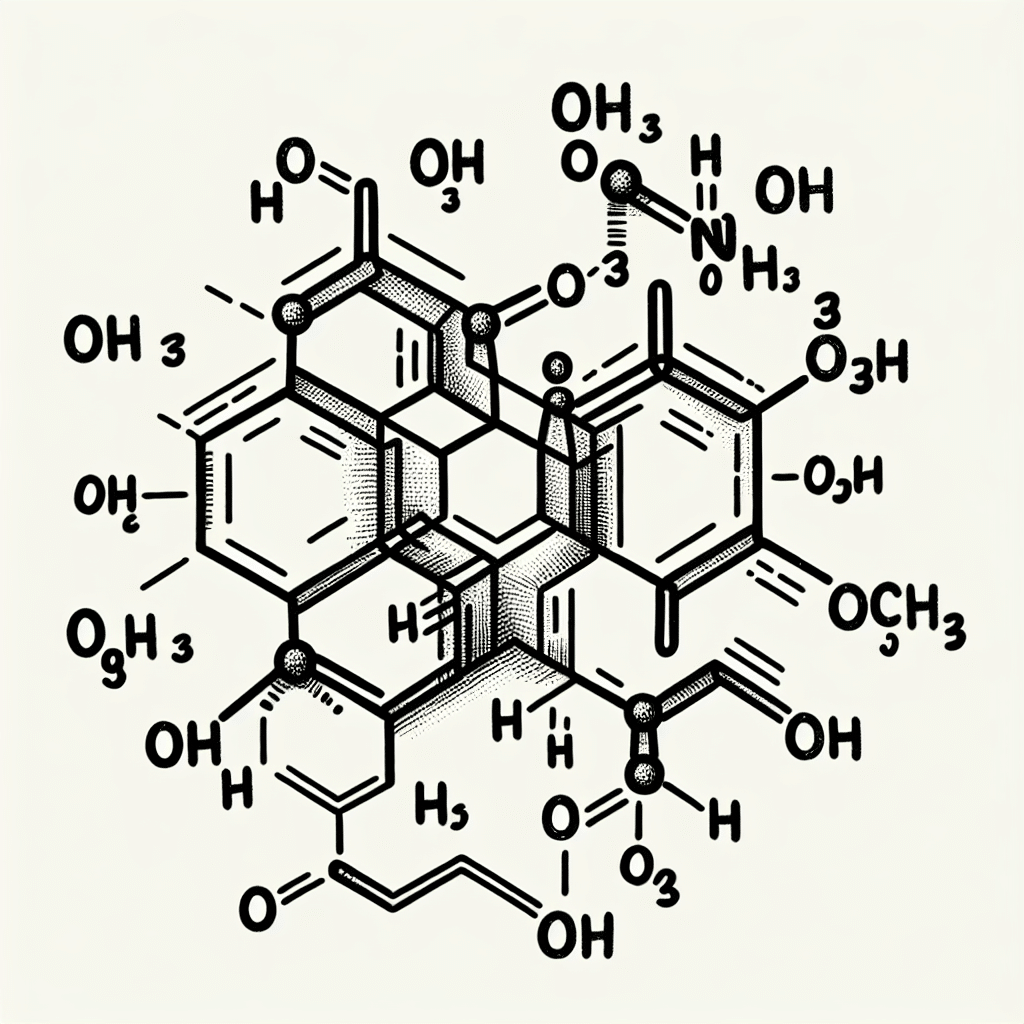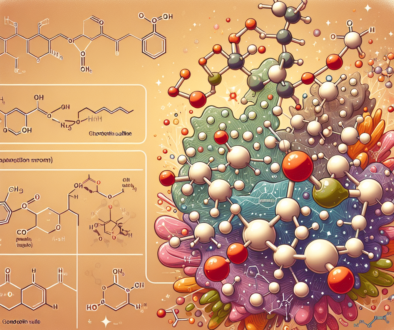Condensed Structural Formula of Resorcinol
-
Table of Contents
- Resorcinol’s Condensed Structural Formula: A Comprehensive Guide
- Understanding the Basics of Resorcinol
- The Condensed Structural Formula of Resorcinol
- Visualizing the Molecular Structure
- Properties and Applications of Resorcinol
- Case Studies and Statistics
- Resorcinol in Industrial Applications
- Environmental and Safety Considerations
- Conclusion: Key Takeaways on Resorcinol’s Structural Formula
- Discover ETChem’s Protein Products
Resorcinol’s Condensed Structural Formula: A Comprehensive Guide
Resorcinol is an organic compound that plays a significant role in various chemical and industrial applications. Understanding its condensed structural formula is crucial for chemists, researchers, and industry professionals. This article delves into the intricacies of resorcinol’s structure, its properties, and its diverse uses, providing valuable insights supported by relevant examples, case studies, and statistics.
Understanding the Basics of Resorcinol
Before we explore the condensed structural formula of resorcinol, it’s essential to understand what resorcinol is and where it fits in the realm of organic chemistry.
- Chemical Identity: Resorcinol, also known as 1,3-dihydroxybenzene, is a dihydroxy derivative of benzene.
- Molecular Formula: Its molecular formula is C6H6O2.
- Physical Properties: It appears as white to light pink crystals that are soluble in water, alcohol, and ether.
The Condensed Structural Formula of Resorcinol
The condensed structural formula of resorcinol is a simplified representation of its molecular structure. It is written as C6H4(OH)2, which indicates that the molecule consists of a benzene ring with two hydroxyl groups (OH) attached to the first and third carbon atoms.
Visualizing the Molecular Structure
To better understand the condensed structural formula, it’s helpful to visualize the molecule:
- The benzene ring serves as the core structure, represented by a hexagon with alternating double bonds.
- The hydroxyl groups are attached to the 1st and 3rd carbon atoms of the benzene ring, which is why resorcinol is also referred to as meta-dihydroxybenzene.
Properties and Applications of Resorcinol
Resorcinol’s unique chemical structure imparts several properties that make it valuable in various applications:
- Antiseptic Properties: Resorcinol exhibits antiseptic properties, making it useful in pharmaceutical formulations for treating skin disorders.
- Adhesive Qualities: Its ability to form strong bonds with materials like rubber and wood has led to its use in adhesives and bonding agents.
- Dye Precursor: Resorcinol serves as a precursor for numerous dyes and pigments in the textile industry.
Case Studies and Statistics
Several case studies highlight the effectiveness of resorcinol in different sectors:
- In the medical field, resorcinol-based creams have been shown to significantly improve psoriasis symptoms.
- In the automotive industry, resorcinol-formaldehyde adhesives are critical for tire manufacturing, contributing to enhanced tire performance.
Statistics also underscore resorcinol’s importance:
- The global resorcinol market size was valued at over USD 500 million in 2020 and is expected to grow, reflecting its widespread utility.
Resorcinol in Industrial Applications
Resorcinol’s versatility extends to various industrial applications:
- Resin Production: It is used in the synthesis of resins with high chemical resistance.
- Flame Retardants: Resorcinol derivatives are components in flame retardants for polymers and textiles.
- Chemical Intermediates: It acts as an intermediate in the synthesis of pharmaceuticals and agrochemicals.
Environmental and Safety Considerations
While resorcinol is valuable, it’s essential to consider its environmental and safety impact:
- Resorcinol must be handled with care due to its potential irritant properties.
- Manufacturers are working on developing greener processes for resorcinol production to minimize environmental impact.
Conclusion: Key Takeaways on Resorcinol’s Structural Formula
In summary, the condensed structural formula of resorcinol, C6H4(OH)2, is a gateway to understanding its chemical behavior and applications. Its role in medical, industrial, and commercial sectors underscores its importance. With ongoing research and development, the potential uses for resorcinol continue to expand, promising new innovations and applications.
Discover ETChem’s Protein Products
If you’re in the market for high-quality protein products, consider ETChem’s offerings. Their extensive range of collagens, including marine, fish, bovine, and chicken collagens, cater to various industries. ETChem’s commitment to quality and customer satisfaction makes them a top choice for your protein needs.
About ETChem:
ETChem, a reputable Chinese Collagen factory manufacturer and supplier, is renowned for producing, stocking, exporting, and delivering the highest quality collagens. They include marine collagen, fish collagen, bovine collagen, chicken collagen, type I collagen, type II collagen and type III collagen etc. Their offerings, characterized by a neutral taste, instant solubility attributes, cater to a diverse range of industries. They serve nutraceutical, pharmaceutical, cosmeceutical, veterinary, as well as food and beverage finished product distributors, traders, and manufacturers across Europe, USA, Canada, Australia, Thailand, Japan, Korea, Brazil, and Chile, among others.
ETChem specialization includes exporting and delivering tailor-made collagen powder and finished collagen nutritional supplements. Their extensive product range covers sectors like Food and Beverage, Sports Nutrition, Weight Management, Dietary Supplements, Health and Wellness Products, ensuring comprehensive solutions to meet all your protein needs.
As a trusted company by leading global food and beverage brands and Fortune 500 companies, ETChem reinforces China’s reputation in the global arena. For more information or to sample their products, please contact them and email karen(at)et-chem.com today.





